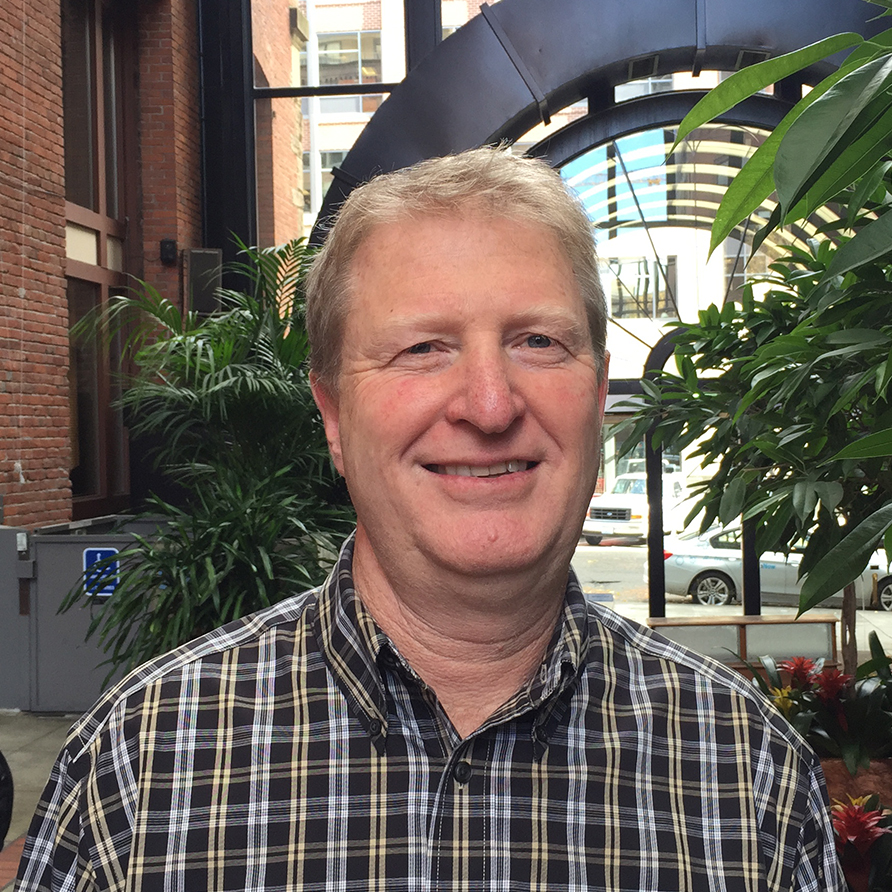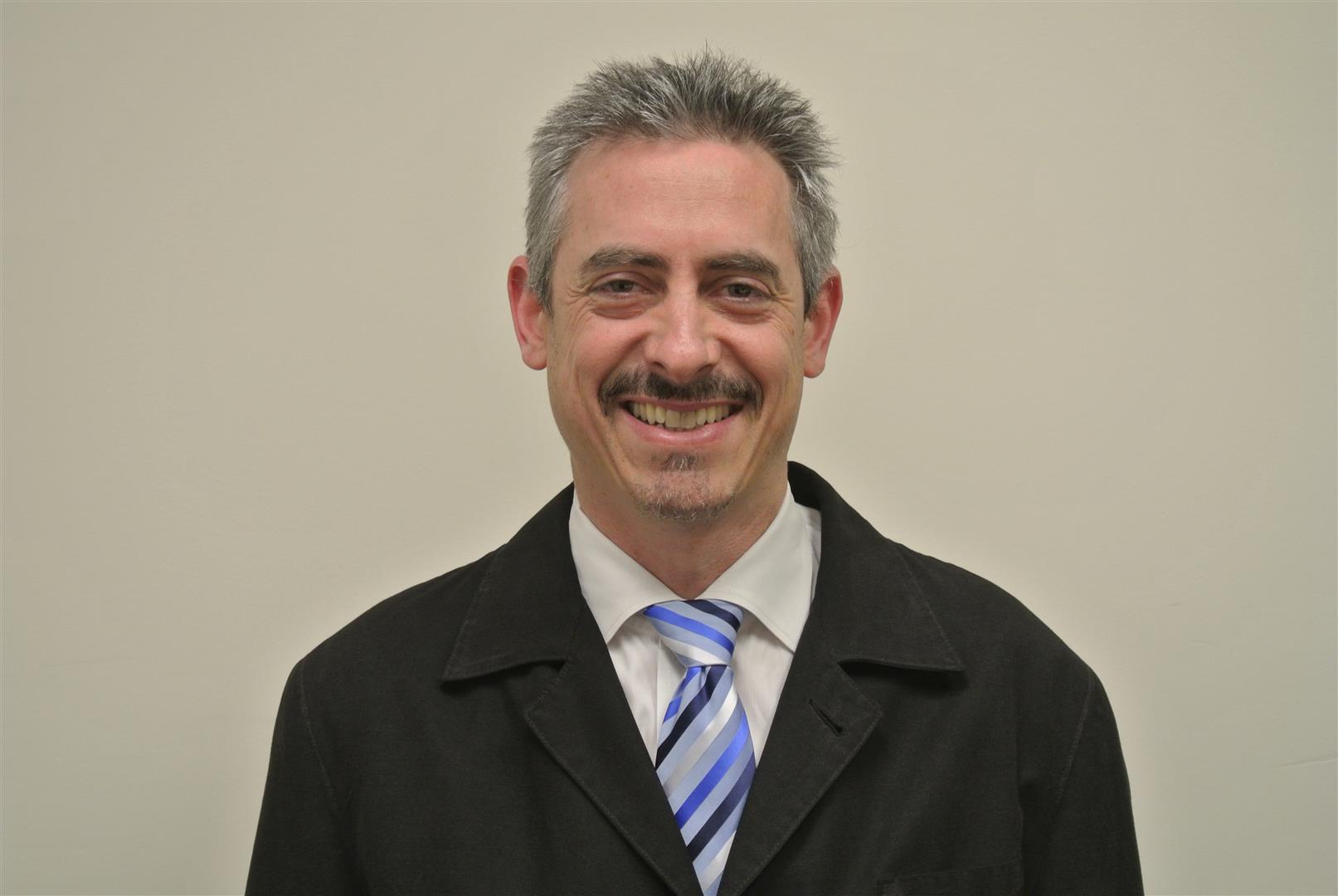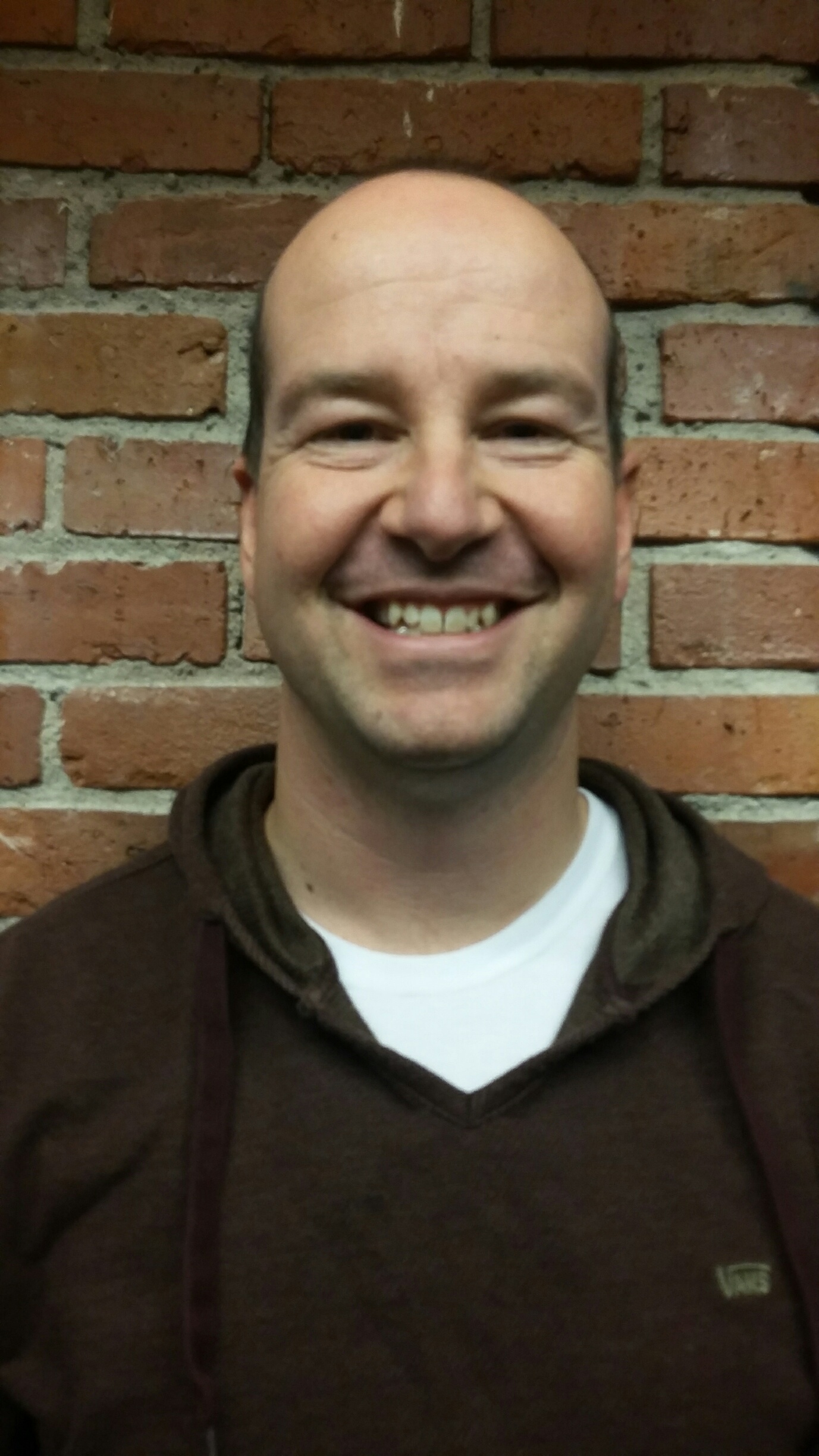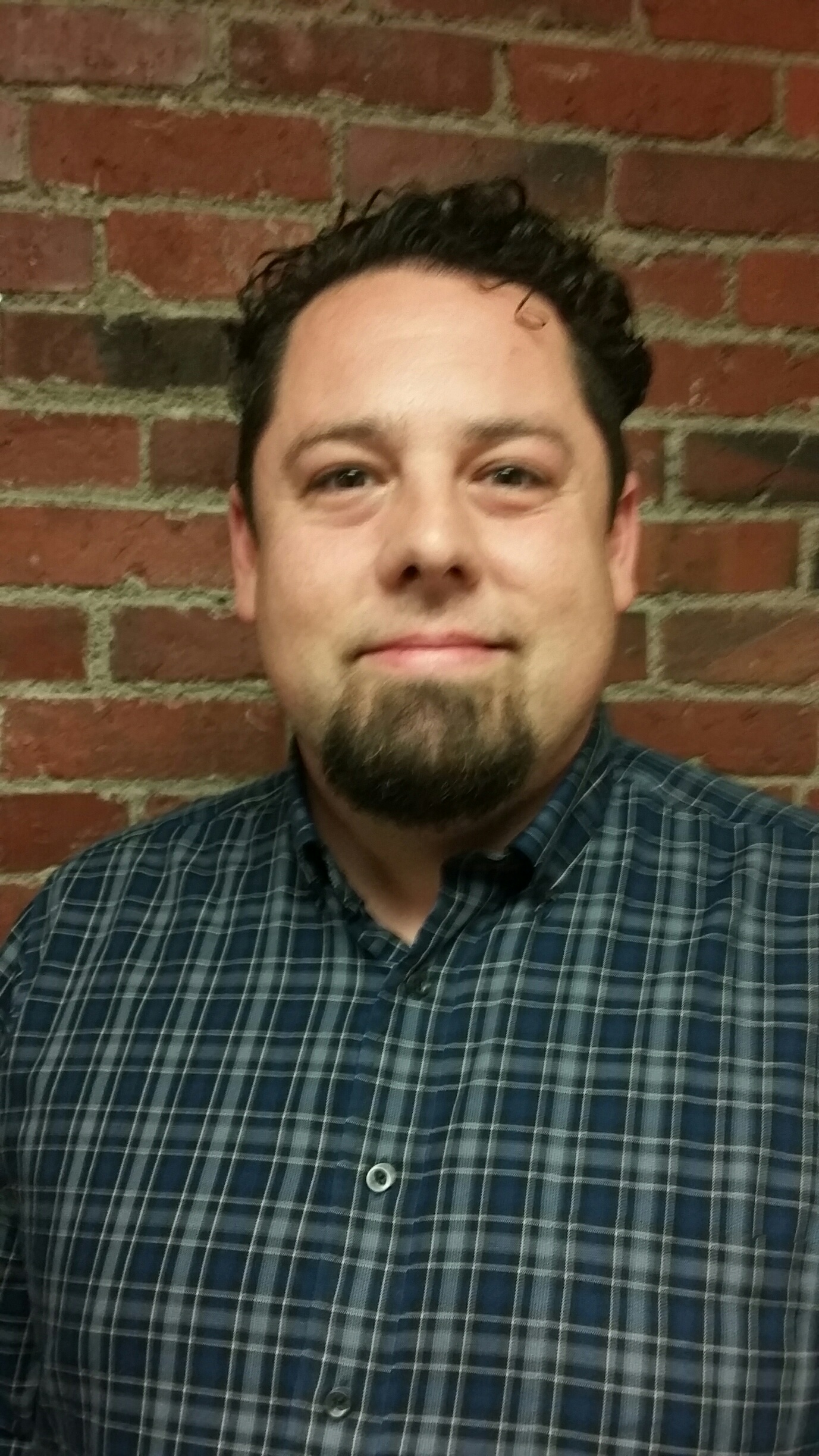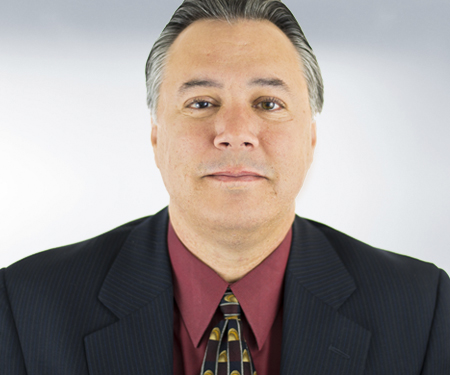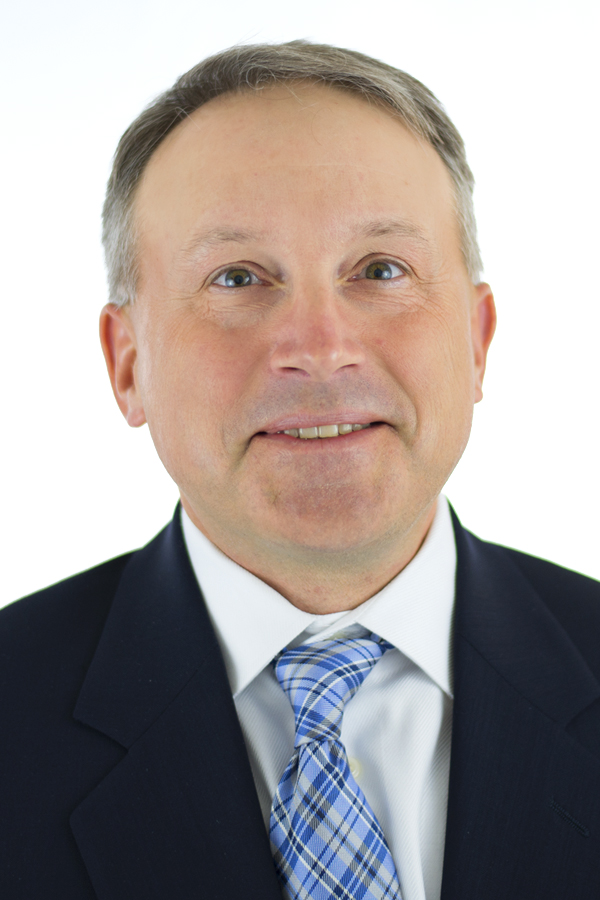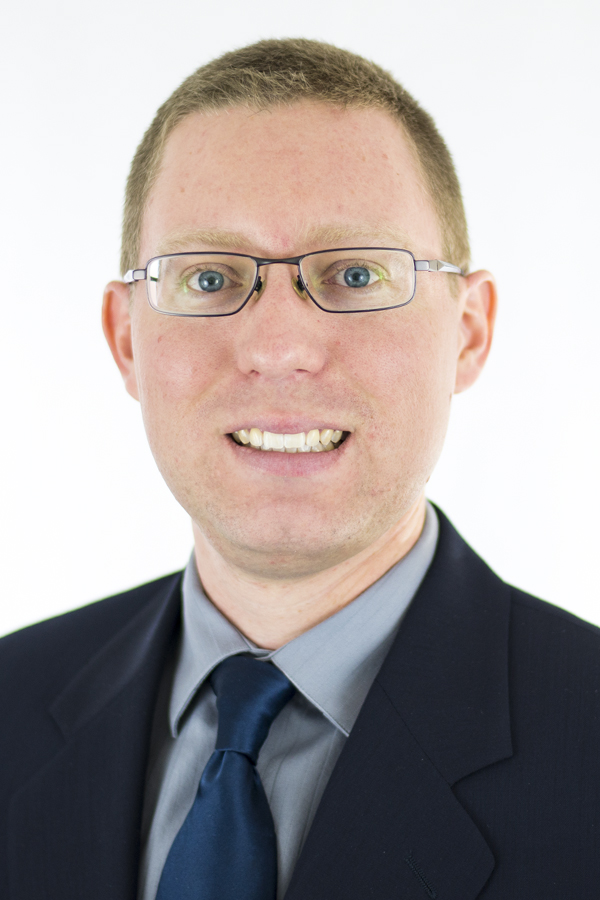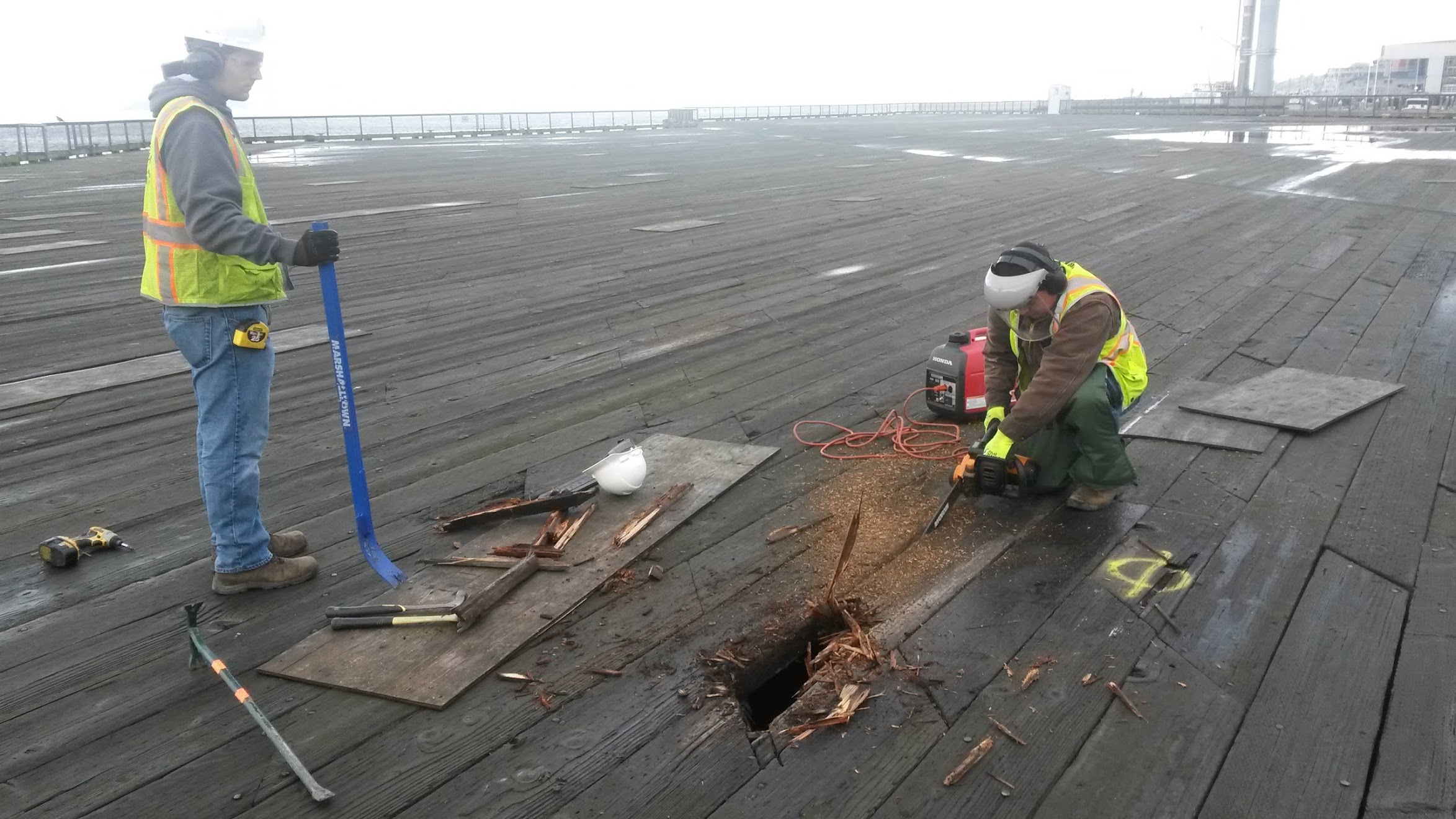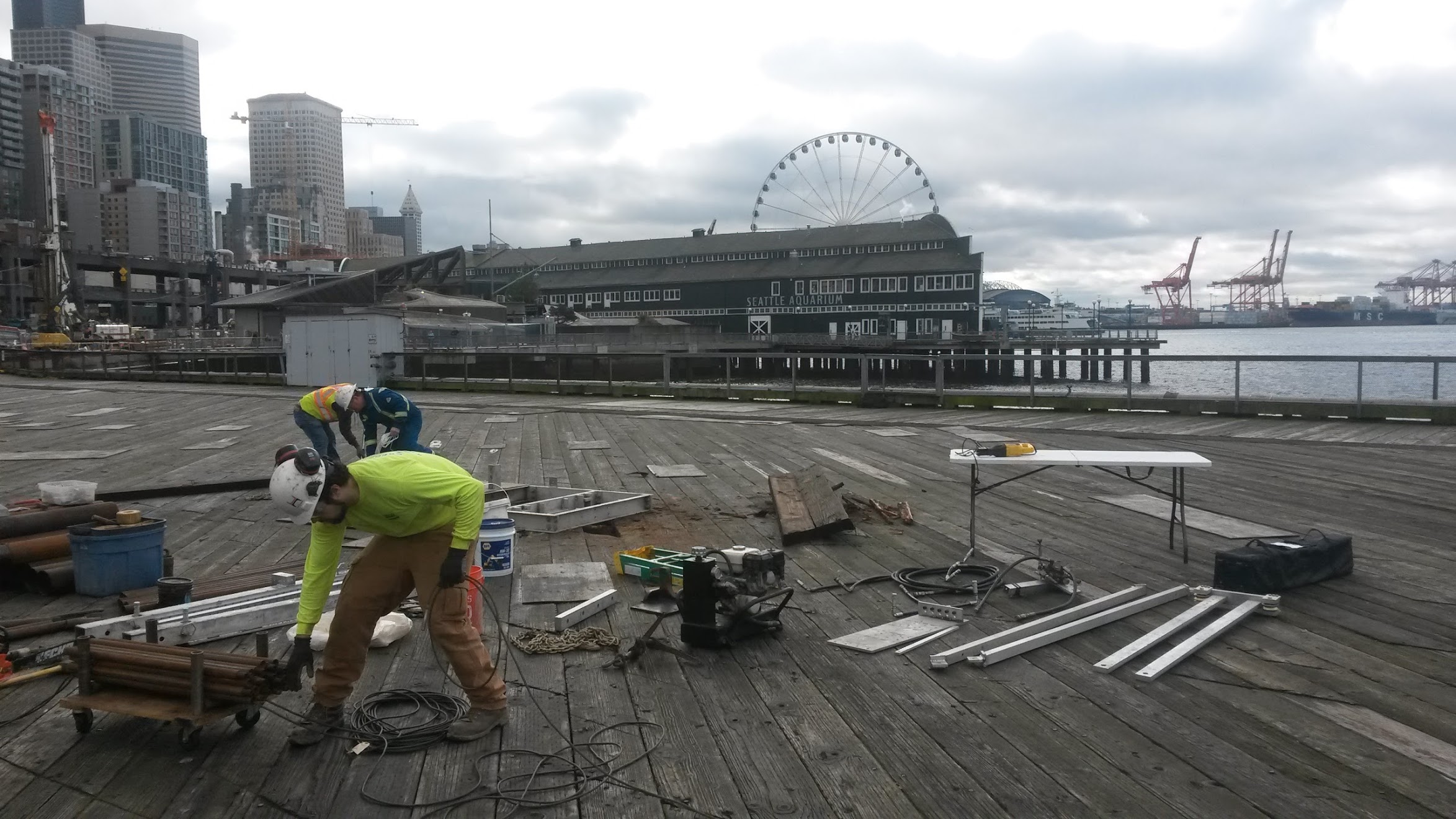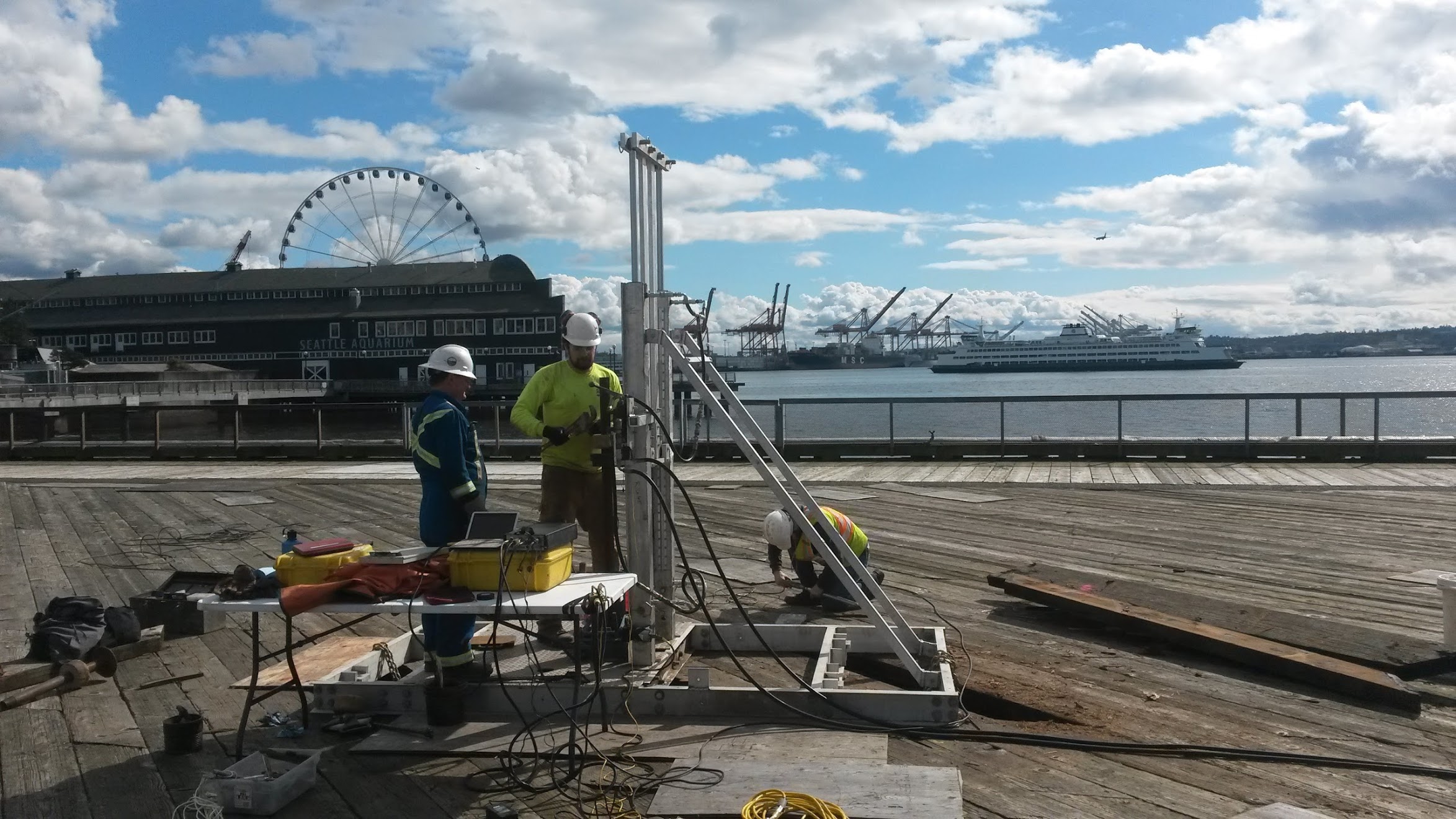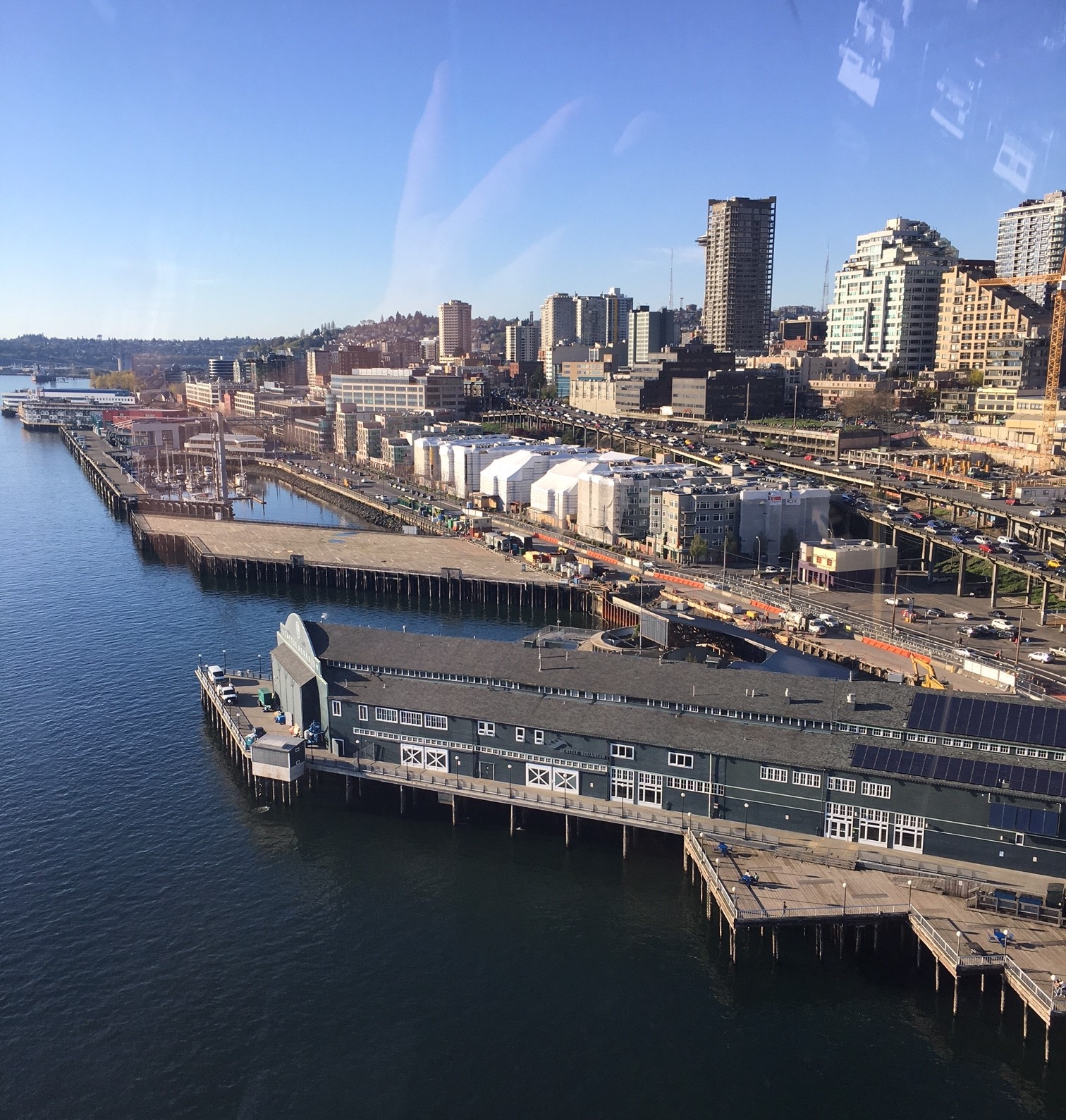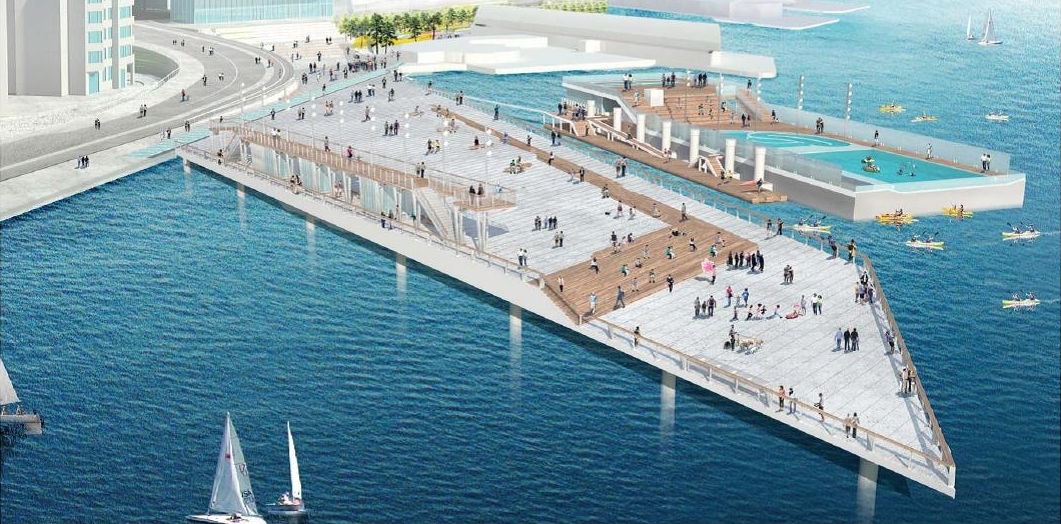Aspect Consulting partnered with Washington State University, the University of Utah, and Ecology’s Office of Columbia River to develop the 2016 Long-Term Water Supply and Demand Forecast. From climate change to crop change, from municipal growth to hydropower demand, from water banking to declining groundwater, this report tells the story of how Washington is changing in response to a myriad of physical, economic, and legal challenges facing the State. Over 2 years in the making, the report represents a comprehensive look at where Washington is going in the next 20 years and beyond.
Aspect Welcomes Our New Stormwater Team and Services for Municipal Clients!
Aspect is thrilled to announce our hiring of a municipal water quality services team, formed by 11 new staff, highly regarded for stormwater engineering, planning, and monitoring solutions for public agencies across the Pacific Northwest and the Western US.
In bringing aboard the new members—seven stormwater and surface water quality scientists led by Senior Associate Environmental Scientist Curtis Nickerson and four stormwater planning and engineering experts led by Principal Water Resources Engineer John Knutson—Aspect broadens its existing stormwater engineering and planning for industrial clients to offer a wider range of stormwater services to municipal clients.
Aspect’s stormwater practice lead, Owen Reese, explains, “This is a natural addition to our existing expertise in industrial stormwater management, born of the recognition that municipalities constantly face the challenge of efficiently maintaining compliance with increasingly complex stormwater regulations. Curtis and John’s teams are experts in doing all of this, with a long history of providing strategic advice to cities, counties, and public agencies.”
Joining Aspect’s Seattle office, Senior Associate Environmental Scientist Curtis Nickerson leads a group recognized by clients and technical peers as industry leaders in stormwater and surface water monitoring and evaluation, with a background serving clients such as the Port of Seattle, Washington State Department of Transportation (WSDOT), Seattle Public Utilities, City of Puyallup, and King and Snohomish Counties. Curtis’ team includes Associate Water Resources Scientist Heidi Wachter, Senior Hydrologists James Packman and Bryan Berkompas, Project Environmental Scientist Brad Kwasnowski, Staff Water Resources Specialist Rebecca Powell, and Staff Water Resources Engineer Brian Hite. This group has over 10 years of experience working together and specialize in storm response monitoring, programmatic National Pollutant Discharge Elimination System (NPDES) permit compliance, and using statistical approaches to help clients determine best practices for cleaning and maintaining drainage systems.
“Aspect is a great fit for our team. As water quality regulations become more mature, we’re seeing public agencies tasked with being more flexible and strategic in how they monitor and communicate the data. Aspect’s existing data management and technology group advances our monitoring team’s ability to communicate, analyze, and manage water quality results. This will help us deliver even better water quality programs for clients,” Curtis said.
Aspect’s new stormwater engineering team in Yakima is led by Principal Water Resources Engineer John Knutson, with his longtime staff of Senior Water Resources Scientist/Hydrologist Bill Rice, Project Water Resources Engineer Erik Pruneda, and Senior Staff Water Resources Technician Will Guyton. John’s team has particular expertise in municipal stormwater planning, utility development, compliance training, and design, including extensive low impact development (LID) experience. They also provide a wide range of Underground Injection Control (UIC) compliance and design services, along with stream restoration and floodplain management. John and his team has worked for clients such as the Cities of Ellensburg, Kennewick, Pullman, Moscow, Spokane, and Tumwater; Asotin, Kittitas, Grant, Stevens, and Yakima Counties; and WSDOT.
John notes that, “Local stormwater programs are always evolving in response to regulatory changes. Our role is to help communities comply while ensuring programs are efficient, effective, and tailored to their unique issues and needs. We excel in this arena, and are excited to help Aspect become one of the few truly full service stormwater firms in the Northwest.”
With the addition of these new team members, Aspect’s stormwater group builds upon its established practice with an expanded capacity to provide services for industrial and municipal clients, including:
- Comprehensive planning;
- Stormwater utility formation;
- NPDES Phase I/II and UIC compliance program development and implementation support;
- Development of standards and design manuals;
- System inventory and mapping; storm response monitoring and water quality evaluations;
- Stormwater BMP effectiveness assessments;
- Hydrologic and hydraulic modeling;
- Data collection for hydrologic and water quality model calibration/validation;
- Data quality management system development;
- CIP development;
- Design of both conventional and LID BMPs; and
- Programmatic NPDES compliance assessments and strategy development.
Aspect also provides a wide array of flood and floodplain management services, including flood mitigation planning, modeling, design, and streamflow measurement and instrumentation.
Dave Cook Speaking on Environmental Ethics at Seattle University on November 7
Principal Geologist Dave Cook will be speaking about environmental ethics to an engineering class at Seattle University on November 7. Dave will cover how to understand an environmental professional’s role when project and land use decisions will ultimately affect others. He’ll cover scenarios that come up during environmental project work that don’t always have a blueprint for how to handle, such as:
- Dealing with landslide risk – how to notify someone to leave their home?
- If, how, and when to respond to public and media comments critical of ongoing project work.
- What dictates when, how and why to report a contaminant release - it isn't always a clear cut case.
He’ll also cover current events including the South Dakota pipeline and Flint Michigan water crisis.
A New Engineer’s Guide to Consulting in Central Washington
Finding a wellhead in a sea of grass. Navigating the, gulp, phone system. Read Taylor Dayton’s DJC article about a young engineer’s lessons learned from her first year on the job.
Read it HERE.
Habitat Restoration and the Geotechnical Engineer
Writing for the Daily Journal of Commerce, Aspect's Andrew Holmson covers why it pays to know your geotechnical engineer during habitat restoration work.
Landmark Hirst Water Rights Decision Increases Burden on Counties to Evaluate Exempt Well Impacts
In a landmark decision on the use of exempt wells and county responsibility for evaluating impacts from the wells on instream flows, the Washington Supreme Court (Court) recently overturned a lower court decision in the Whatcom County v. Hirst case. The lower court decision appealed in this case essentially directed local governments to follow the Washington Department of Ecology’s (Ecology) interpretation of instream flow rules in determining water availability. This Court decision rescinds that direction, noting that the Growth Management Act (GMA) places an independent responsibility to ensure water availability on counties, not on Ecology. The decision also noted that the fact that county provisions are wholly consistent with Ecology’s regulations does not, by itself, render them consistent with GMA requirements.
The Ruling Constrains Exempt Well Use in Washington
Under existing law (RCW 90.44.050), the groundwater permit exemption allows, for a limited number of purposes, water users to construct and develop groundwater wells for small quantities of groundwater without obtaining a permit. According to the new ruling, there is no question that a permit-exempt well may not infringe on an earlier established right to water, including instream flow rules, under the doctrine of prior appropriation. The Court also found it contradictory that Ecology must consider the effect of groundwater appropriations on minimum flows when issuing water right permits, while counties did not consider these same impacts when issuing building permits with exempt wells. This means that in a basin with adopted minimum instream flows, any new exempt well or exempt well drilled after adoption of flows may be subject to interruption when flows are not met, rendering these wells legally unreliable as a continuous domestic water source.
The Ruling Increases County Responsibility for Water Availability Determinations under GMA
In addition, this ruling imposes a strict standard for county review of cumulative impairment from exempt wells due to rural development. Aspect has been working with Spokane, Stevens, and Pend Oreille Counties to establish a water bank for the Little Spokane River watershed. A water bank is a mechanism that facilitates transfer of water rights between sellers and buyers through use of the state’s trust water right program, using banked water as mitigation for new water uses. The three counties anticipated that use of unmitigated exempt wells would continue to be more restricted in the state and proceeded with water bank development to proactively address this concern, along with addressing other future water needs in the basin. The recent ruling in Whatcom County v. Hirst only increases the need for local jurisdictions to be directly involved with proactive water resource management.
Aspect's Andrew Holmson Presenting at APWA's Fall Conference
Aspect’s Andrew Holmson will be presenting at the American Public Works Association’s (APWA) fall conference in Spokane on Thursday, October 6. He and City of Port Angeles Engineering Manager Kathryn Neal will present Protect and Innovate: Port Angeles Landfill Stabilization – the story of how the City and a large, multidisciplinary team relocated 400,000 cubic yards of refuse away from a 140-foot bluff overlooking the Strait of Juan de Fuca while building Washington’s tallest reinforced soil slope.
Aspect has provided geotechnical engineering, hydrogeology, and environmental support to the City’s closed landfill facility since 2007. We led the engineering geology team in determining long-term and short-term shoreline and bluff retreat rates, evaluating options for removal of existing shoreline protection structures, extending or modifying the structures, evaluating bluff slope failure mechanisms and slope stabilization options, landfill cell relocation, and fill slope stabilization and design. Work on the slope was completed ealier this year. Aspect continues to support the City with operation and maintenance of the landfill gas system and have provided environmental monitoring and support to meet regulatory reporting requirements.
Tim Flynn talks Aquifer Storage and Recovery (ASR) at the NGWA Conference in Portland
This September 8-9 the National Groundwater Association will host the “Connecting the Dots…Groundwater, Surface Water, and Climate Connections” conference in Portland, Oregon. This 2-day conference will focus on the connections between groundwater, surface water, and climate in the area encompassing Washington, Idaho, Oregon, northern California, and British Columbia.
Aspect’s president and principal hydrogeologist Tim Flynn will present on day two of the conference in the Drought Resilience/Water Availability/Scarcity portion of the conference. He will be presenting on Aquifer Storage and Recovery and will examine the challenges and opportunities of ASR. Learn more about the conference HERE.
Aspect Tours the Entiat National Fish Hatchery
It’s early August in central Washington. Three blocks from Aspect’s Wenatchee office, the Columbia River rolls downstream on its way to the Pacific Ocean. Beneath the surface, adult Chinook salmon swim upstream, returning from the sea to the rivers where they were born. Some of these fish are destined for the Entiat River and may eventually find themselves climbing the ladder to the Entiat National Fish Hatchery (ENFH).
Although all salmon hatcheries share a similar goal of producing fish, they each have unique characteristics that influence the way in which they operate. Aspect’s Wenatchee team is visiting ENFH today to learn about the specific challenges that Craig Chisam and Jason Reeves of the US Fish and Wildlife Service (USFWS) face at their facility, and what they have done to solve them. Meeting with the operators directly, seeing systems in action, and asking questions helps Aspect build a collective understanding for problem solving that can be applied to help other hatchery facilities throughout the Pacific Northwest.
This isn’t the first time Aspect has been to ENFH. In 2014, hydrogeologists Joe Morrice and Tim Flynn performed an assessment of the hatchery’s existing water supplies and rights, and the condition of water-source infrastructure. Their recommendations for improving the hatchery’s access to a reliable supply of cold, clean water are being pursued by the USFWS. More water for the tanks and raceways means better rearing conditions for the 400,000 juvenile Chinook ENFH releases each year.
Following the tour, the group makes a stop along the Entiat to look for adult salmon moving upstream. Engineers Nick Szot and Ryan Brownlee, both avid fishermen, point at pools that hold fish and talk strategy. Some early morning soon, they will return to the river with rods and tackle. With some luck, they may head home with a fish that Craig and Jason helped raise.
Announcing Aspect Portland
Aspect Consulting is crossing the Columbia, opening up shop in downtown Portland.
Aspect Portland is a reality made possible by two extraordinary additions to our team: engineering geologists Pete Stroud and Mark Swank. Pete and Mark are both Portland locals, with decades of combined consulting experience between them. Our Portland team increases the breadth of technical talent available to our existing clients, as well as offering Oregon clients access to our 70+ person team of geotechnical, water resources, remediation engineers, hydrogeologists, and geologists.
“Mark and I are excited to join Aspect and launch the Portland office. With Portland’s infrastructure market growing, many ongoing environmental cleanup projects throughout the region, and the challenge of managing limited water supply across the state, we really feel Aspect’s proven experience in those areas and deep roster of high-performing technical advisors is a great fit to help our Oregon clients succeed.” said Pete Stroud.
Pete Stroud
Pete joins Aspect as a Senior Associate Engineering Geologist, with over 30 years of professional experience leading engineering, engineering geologic, geotechnical, and environmental projects.
Mark Swank
Mark joins Aspect as a Senior Engineering Geologist with over 14 years of experience performing engineering and geologic analysis for schools, dams, and infrastructure projects. Mark and Pete were colleagues for over 10 years at Kleinfelder’s Portland office and bring their strong partnership to Aspect.
“This is a great time and a great team to bring Aspect’s extensive project experience to the greater Portland/Vancouver area and up the Columbia Gorge,” said Tim Flynn, President and Principal Hydrogeologist at Aspect. “Mark and Pete’s 40 years of combined consulting experience in the Portland area gives us immediate credibility with local clients and sets Aspect up for long-term success in the region.”
Highlights of their Portland and Pacific Northwest projects include the I-5 Willamette River Crossing in Eugene, Lake Oswego-Tigard Water Partnership (LOTWP) pipeline project, Condit Dam Decommissioning, Scoggins Dam Raise, Oregon Convention Center, Hoyt Street Properties Redevelopment and a tradition of working and managing a variety of on-call professional services contracts throughout the state.
Aspect’s new Portland office is located at 522 SW Fifth Avenue, Suite 1300, in the historic Yeon Building on the Portland Transit Mall in the heart of downtown. Keeping with Aspect’s commitment to sustainability, it’s a convenient, accessible location, close to our clients and teaming partners.
Enloe Dam Water Rights Case Upheld—Permitting Path Stays More Certain for Applicants
The Washington State Court of Appeals ruled last week that the Department of Ecology appropriately conditioned the approval of a water right permit for the Public Utility District No. 1 of Okanogan County's (PUD) hydroelectric project on Enloe Dam.
The case revolved around the public interest test in RCW 90.03.290, and the application of the protection of aesthetics of public waters in RCW 90.54.020, as well as a previously-issued 401 Certification under the Clean Water Act. The Court of Appeals upheld the conditioned approval of the water right permit with a 5-year adaptive monitoring plan to evaluate the aesthetics of different flow levels over the dam and falls. Because the final flow levels necessary to protect aesthetics were not known at the time of permit issuance, the appellants (Center for Environmental Law and Policy, American Whitewater, and North Cascades Conservation Council) argued that Ecology did not have authority to approve the permit. The Court of Appeals disagreed. “We conclude that Ecology had authority to issue a ROE, and water permit, which was subject to a condition to ascertain information that was not available prior to proceeding with the Project. Ecology did not abuse its discretion in determining that the PUD's water permit should issue subject to the stated conditions.”
This is an important finding in water right permitting because not all conditions of a project can be known with clarity at the time of applying for a water right permit. Ecology’s ability to approve a permit, subject to verification of conditions or adaptation-provisions for changing conditions, is important authority to retain. A copy of the decision can be viewed at: https://www.courts.wa.gov/opinions/pdf/748416.pdf. Contact Dan Haller (509.895.5462) at Aspect Consulting with any questions.
Eastern Washington's Water Future in the News
The just released Columbia River Basin Long-Term Water Supply and Demand Forecast is gathering the attention of the news media. National Public Radio interviewed Aspect’s Dan Haller as part of their coverage. For the last two years, Aspect has worked on the research team alongside Washington State University and the University of Utah to forecast how regional environmental and economic conditions will affect water supply and demand through 2035. The report is now open for public comment through July 20. The final version will go the state legislature in the fall to help steer sound water goals and policy for eastern Washington.
Hear and read the interview here: More Water For Eastern Washington, But Not When Its Needed Most
Forecasting the Future of Water Use in the Columbia River Basin
Changing climate will affect availability and demand for water in Washington's Columbia River Basin, and will influence how water will be managed in the basin over the next 20 years, according to a new report being prepared for the Washington Department of Ecology's Office of Columbia River.
The Columbia River Long Term Water Supply and Demand Forecast project team is preparing an updated long-term water supply and demand forecast for the Washington Department of Ecology, Office of Columbia River and would like your feedback. The Forecast team includes researchers from Washington State University, University of Utah, Aspect Consulting, and the Washington Department of Fish and Wildlife. This forecast, updated for the Washington Legislature every five years, provides a generalized, system-wide assessment of how future environmental and economic conditions are likely to change water supply and demand by 2035.
The team will host a series of FREE public workshops June 21st – June 23rd in Tri-Cities, Wenatchee and Spokane. The purpose of these workshops is to share preliminary results from the 2016 Water Supply and Demand Forecast, provide an opportunity for public feedback and interaction, and gather input on possible improvements for the 2021 Forecast. (SEE POSTER BELOW FOR DETAILS)
What to Expect:
- Presentations from researchers introducing the methodologies used and preliminary results found
- Q&A sessions with the researchers
- Open house, with time to explore results further and provide comments on the draft results
Technical Exchange: Talking Cleanup Levels
Cleanup levels are the beating heart of any environmental remediation project. They drive the approach, the cost, and the schedule for project closure. Yet, the path towards cleanup level selection is murky – one size does not fit all. In Washington State alone there are a variety of cleanup levels – set through the Model Toxics Control Act (MTCA) – and selecting the correct one for a site requires a sound understanding of site-specific data, the science of how the media at the site exists and moves, the pertinent regulatory requirements, and what, ultimately, is the site going to be redeveloped? If so, for industrial purposes? For livable space?
At a recent Technical Exchange, senior hydrogeologist Dana Cannon tackled this knotty topic in an open discussion of what we talk about when we talk about cleanup levels. Questions asked and answered included:
- What cleanup levels apply in what situations?
- What exposure pathways do different cleanup levels address?
- MTCA and other ARARs: Where do cleanup levels come from, and what’s an ARAR, anyway?
- Method A cleanup levels: when can I use these? Do I want to?
- Method B cleanup levels: now it gets complicated.
- Method C cleanup levels: when to I get to use these?
Three overarching points rung true throughout the discussion:
- Get to Know CLARC. It pays big dividends to get familiar with the Washington State Department of Ecology’s Cleanup Level and Risk Assessment (CLARC) database and MTCA.
- Exposure pathways. Understand the human and ecological exposure pathways for a given site. From there, cleanup level selection becomes clearer.
- Strategy. Strategy means knowing the site conditions backwards and forwards, knowing the end goal for the site after cleanup, and understanding which cleanup levels apply. Knowing how to approach CLARC relative to site exposure pathways puts you ahead of the game.
Rebuilding a Seattle Landmark
Cone Penetrometer Test on Seattle's Pier 62
Enjoying live music and performances on the waterfront with ferries crossing in the background was once an annual summer tradition in Seattle. Piers 62 and 63, just north of the Seattle Aquarium, were home to the well-loved Summer Nights at the Pier and other events, but have been dormant recently because of the deteriorating condition of the aging twin structures.
Fast forward to the present, and Aspect is helping Seattle’s Department of Parks and Recreation revive the dream of hosting entertainment on the waterfront. As part of the Seattle Department of Transportation team, we have been performing geotechnical support for the reconstruction of Pier 62. Our geotechnical recommendations will inform design of the new pier’s foundations, creating a strong platform upon which to build a park that will reintroduce Seattle to Elliott Bay.
Before we can advise on how the foundations should be designed, we need to know what’s going on underground. These pictures, taken by Senior Staff Geotechnical Engineer Spencer Ambauen, are from our recent field work, where we conducted a Cone Penetrometer Test (CPT) to investigate the soils below the pier. CPTs are best suited to evaluate the types of loose granular and soft cohesive soils we expected to find there. Data collected from the CPT will inform the geotechnical analyses for the pier, such as liquefaction potential.
Cone Penetrometer Ready to Deploy
The team had to navigate around and cut through the existing structure to get the CPT through the water and soil layers. Due to the aging pier’s strict weight limits, we had to be cautious with what kind of rig we used. The skid rig shown here was light enough to meet the requirements and still advance the CPT through the upper soils.
This last picture looks down at the project area from Seattle’s Great Wheel. From that height, it’s exciting to imagine what the future will bring for the Piers. For more on plans for the Seattle waterfront, visit waterfrontseattle.org.
Collaborating to Solve Disputes Over Water in the Icicle Basin
Aspect recently helped facilitate an Open House in Wenatchee to solicit SEPA Scoping comments on the Icicle Strategy, a comprehensive water supply solution for the Icicle Basin in Wenatchee. The following Wenatchee World articles provide a great perspective on the collaborative nature of this effort.
World Editorial Board | Icicle water plan sets the example
by World Editorial Board | April 25, 2016
We could have had a lawsuit. That’s the modern version of the West’s traditional means of solving disputes over water. You know what they say about whiskey for drinking and water for fighting.
But what if you could bring all the combatants together, set shared goals, find common ground, and discover solutions that would meet the needs of all and serve the public good? You could skip the lawsuit, for starters.
We know this is farfetched. It sounds like pie-in-the-sky Kum Ba Yah-around-the-campfire idealism. But it is happening, just up the Icicle.
A collaboration known as the Icicle Working Group has released for public comment its water management strategy for the Icicle Basin. The group was formed three years ago at the request of the state Department of Ecology Office of the Columbia River and Chelan County in response to — what else? — a lawsuit over water rights, and decades of chronic problems. Tribes, irrigators, farmers, environmentalists, local, state and federal agencies came together. The goal was to devise a plan that would substantially improve streamflows, sustain the Leavenworth National Fish Hatchery, improve the reliability of the agricultural water supply, enhance Icicle Creek fish habitat, supply additional domestic water, protect tribal and sport fisheries, and do it all within the bounds of federal wilderness law.
According to the strategy this would be accomplished first with aggressive conservation. The release valves would be automated on the alpine reservoirs that store runoff for irrigation — Square, Klonaqua, Eightmile, Colchuck, Snow and Nada. Flows could change instantly depending on conditions, instead of having someone hike into the wilderness to turn a wheel. Open irrigation ditches would be replaced by pressurized pipe. The leaky fish hatchery equipment would go and facilities redesigned for efficiency. Domestic water users in Leavenworth and Chelan County would be offered efficiencies through metering and pipe replacement.
Perhaps the most controversial project would restore the long-broken perimeter dam at Eightmile Lake and raise the lake to its authorized level. This would increase storage from 1,375 to 2,500 acre feet, and inundate some currently dry wilderness, but provide a substantial benefit in stored water.
The efforts they estimate will add 77 cubic feet per second to more than double the Icicle’s base flow in a normal year. It would add 5 cfs for domestic use and 4 cfs for agriculture.
The cost of it all is estimated at $65 million to $85 million, so there is far to go. The plan can be viewed at wwrld.us/IcicleWorkGroup.
Through whatever prejudice you view water plans, this one has a chance to work where 15 years of fighting failed. The group came together and through give-and-take collaboration designed a water plan to benefit everyone. In itself it is a remarkable achievement, and if we have any wisdom it is an example for many to follow.
This is the opinion of The Wenatchee World and its Editorial Board: Publisher Rufus Woods, Managing Editor Cal FitzSimmons and Editorial Page Editor Tracy Warner.
Public comment urged on Icicle Basin water plans
by Christine Pratt | April 21, 2016
Erin McKay, a biologist with Chelan County, explains how a proposed water market would operate at the Icicle Work Group open house in Leavenworth Wednesday.
LEAVENWORTH — A comprehensive package of proposals to increase water supply in the Icicle Creek Basin through water-storage automation in the Alpine Lakes Wilderness and aggressive conservation is available for public comment through May 11.
If implemented in full, the plan will support area population growth while also supplying fish and irrigators with the water they need through 2050.
That’s the opinion of the Icicle Work Group, the diverse collection of ag, conservation and recreation interests, tribes, and local, state and federal agencies that have worked over the last three years to reach an uncharacteristic consensus on a plan they call the “Icicle Creek Water Resource Management Strategy.”
“Fifteen years ago, we thought it was impossible to come up with solutions for Icicle, and now here we are, we have solutions for Icicle,” Mike Kaputa, director of natural resources for Chelan County.
The state Department of Ecology and Chelan County convened the work group in December 2012 in a court-approved effort to use consensus-building instead of litigation to resolve a City of Leavenworth suit against the state Department of Ecology over water rights.
Competing interests for Icicle Creek water have made the Icicle Basin and the Leavenworth National Hatchery a contentious battleground, host to a proliferation of past and current lawsuits over water use and rights.
If the Icicle Work Group’s plan is successful, the City of Leavenworth/Ecology suit will be dropped.
The 11 major proposals in the group’s resulting plan have a collective price tag of an estimated $64.2 million, but are estimated to add an additional 77 cubic feet per second (cfs) flow in the Icicle creek in an average year and 47 more during a drought year.
Two of the 11 proposals have the biggest cost-benefit return. They are:
The automation of six high-mountain lakes in the Alpine Wilderness that have been for water storage since the early 1900s. These lakes, Square, Klonaqua, Eightmile, Colchuck, Snow and Nada are equipped with “gates” that now must be operated manually to release flow for irrigation and operations at the Leavenworth National Fish Hatchery.
Automation would follow the “Yakima Teacup” model. These are water-storage reservoirs that can be tracked and controlled remotely, using radio signals, solar panels for energy and the Internet. View it at http://wwrld.us/yakimateacup.
The system would make it easy to regulate releases when their water-rights holders — the Icicle-Peshastin Irrigation District and (for the Snow Lakes and Nada Lake) the hatchery — need them for operations.
The plan would also restore Eightmile Lake to its permitted volume of 2,500 acre feet by repairing a dam there that broke long ago and was never repaired.
Aggressive water conservation and upgrades at the Leavenworth National Hatchery. This would include replacing existing raceways — the rectangular, concrete tanks where fish are raised — with circular tanks that can reduce water use by approximately 75 percent.
The aged and inefficient hatchery accounts for 42 cfs in surface water use from the creek, another 15 cfs from groundwater wells that are linked to the Icicle Creek and as much as 50 cfs released from the Snow Lakes to supplement Icicle Creek flows. This compares to 2 cfs that the entire City of Leavenworth draws in Icicle Creek surface water.
Other measures include replacing open irrigation ditches with pressurized pipeline to reduce waste and leaks; reducing domestic consumption by improving metering, replacing old pipe and promoting low-water landscaping; fish-favorable habitat improvements in Icicle Creek; improvements to a tribal fishing spot near the hatchery and creating or re-establishing fish passage to upper Icicle Creek.
The whole package of projects are necessary to achieve the goal of gaining 26,800 additional acre feet of water at a cost per acre foot of $2,400.
“You end up with some cheap projects and some expensive projects, but the overall cost of $2,400 per acre foot is still a very affordable cost,” Dan Haller, the Aspect Consulting engineer who helped put the plan together. “In water markets, it’s common for people to pay $1,500 to $3,500 per acre foot.
The current public comment period is an optional step, Chelan County’s Kaputa said, to hear what the community thinks about a plan that will impact their city, county, irrigation district, area hatchery and the fish in their neighborhood river.
If response to the package of proposals is favorable and receives its environmental approval from the state, more detailed analyses leading to work on then specific projects could begin in fall 2017.
“We want people to be aware of that, and get their comments on whether we have the right goals. Is this the best project to meet those goals?” Kaputa said.
Send comments by May 11 to Mike Kaputa, mike.kaputa@co.chelan.wa.us or 411 Washington St., Suite 201, Wenatchee, 98801.
Aspect Wenatchee in the News
Wanting to learn more about our growing North Central Washington team, the Wenatchee World profiled Aspect's Wenatchee staff.
Water, earth, science: Elements combine for Aspect's success
by Mike Irwin | April 25, 2016
WENATCHEE — The 9-foot-deep dry well at curbside overflowed with water after every hard rain. Runoff backed up, flooded the street, blocked driveways and pooled in yards. Homeowners resorted to sandbagging during the steadiest downpours.
“The water is supposed to drain into the hole and slowly seep into the surrounding soil,” said Bill Sullivan, senior hydrologist and team leader for the Wenatchee office of Aspect Consulting, a soil-and-water consulting firm. “Our job is to figure out why that’s not happening.”
Finding a solution to the slow-draining dry well on Harris Court in northwest Wenatchee is just one practical example of Aspect’s expanding reach into the earth-and-water issues faced by North Central Washington homeowners, farmers and businesses.
From investigating water rights to developing public well systems to evaluating fire-damaged properties to helping improve water flow in Leavenworth’s Icicle Creek, Aspect has grown its client list to include municipalities, government agencies, private industries and homeowners — anyone who faces a water-soil problem solved by science and engineering.
“Real people, real problems,” said Taylor Dayton, one of the company’s water resources engineers in Wenatchee. “That’s what attracted me to this job — being out in the field at the site of the problem, helping people figure out what’s wrong and how to fix it.”
Founded on Bainbridge Island in 2001, Aspect Consulting now has 70 employees at five office locations around the state. For the most part, Aspect focuses in four key areas: water resources, environmental services, geotechnical engineering and data mapping services.
In Wenatchee, Aspect employs three scientists and four engineers to tackle scores of projects every year from the Canadian border to the Yakima River basin. Sullivan opened the Wenatchee office in 2008 with fellow water resources engineer Ryan Brownlee, and they’ve seen the staff grow with their project list.
“It may seem obvious,” said Sullivan, “but we’ve grown because we do good work and have won a fair share of the market.” He said Aspect staffers approach jobs — some controversial due to environmental issues — “in an objective manner with no agenda. We like to think that for many people and agencies, we’ve become a trusted adviser.”
Plus, Sullivan said, hydrologists and geotechnical engineers find NCW fascinating place to work. “We’re at an intersection of natural resources,” he said, “where mountains, rivers, desert and varied geology all come together. The problems that arise can be challenging — that’s for sure — but that’s also what makes them interesting.”
Recent projects have addressed slope instability, structure foundations, retaining walls, bridge replacements, water storage and “banking” for future use, fixing broken water meters, monitoring aquifers, habitat restoration, the effects of drought on irrigation and fish habitat and a wide array of services concerning water rights.
On that last topic, “we try to help our clients figure out if water is physically available, then if it’s legally available,” said Bracken Capen, an Aspect civil engineer in Wenatchee.
“At the end of the day,” said Sullivan, “we’re problem solvers. Science is part of our job. Engineering is part of it. Communicating in straight-forward language is a big part of it, too. The solutions we find have to make sense to the people we work for.”
As for that slow-draining dry well in northwest Wenatchee? “It’s pretty much what you could expect,” said Sullivan. “The changing urban watershed draining into this dry well can produce build-up at the bottom and silting in lateral drains. For right now, the easy solution is to rehab the well, which means cleaning it out to make it better.”
Matching the Quality of the Words with the Quality of the Science
Everyone at Aspect writes something. Whether it’s a short memo to a property owner, a long report to a regulator, an email to a potential client, or a web story talking about writing. We generate a lot of words, and very few of them come easy. Yet, writing is crucial—for many reasons, but primarily because the quality of our words should match the quality of the science.
In a recent technical exchange, a panel of senior staffers shared their best practices for how we convey the conclusions and recommendations we form as a result of our scientific collaboration through our writing.
Our staff can be out in the field collecting and reviewing data, devising creative ways to approach and solve problems, and doing overall stellar work. But if we can’t clearly articulate what we did and why we did it, then all of our work can be lost in translation. Taking ideas, solidifying them into a sort of outline, and then turning to blank page to try and translate all of that into words in a clear, concise fashion can be an extremely daunting task.
Indeed, each panelist admitted that writing is hard work, especially when we hold ourselves to a high standard for delivering quality results. They shared how they approach a writing assignment and tackle challenges that come up along the way. The discussion sprung from four key questions:
- How do you start a new writing assignment?
- What do you look for in writing from your project team?
- What is the best advice about writing that you’ve received?
- What is your greatest personal writing challenge?
Over the course of our talk, we learned everyone has a different way of combating the fear and angst generated from a blank page. Some meticulously outline and then fill in section by section. Some dump any and all information that may be relevant and then carve out the document from the raw material. Some schedule themselves a block of time to write and stick to it. Some avoid it until the deadline looms near. Some know the conclusion and write their way back from it, some figure out the ending as they go along. We did find some common ground among us—we all feel a little lost at the very start of a project, and we all look to existing reports to guide the way.
We left with the knowledge that though there’s not a perfect tool or exact method for filling the page, knowing what your writing process is – i.e., what works for YOU—is the most important part of writing successfully. Developing a writing style and rhythm is an ever-evolving process.
Too Much Flare, Not Enough Gas
Aspect’s Peter Bannister, along with King County’s Dan Swope, will co-present at the 2016 Solid Waste Association of North America (SWANA) Northwest Regional Symposium in Vancouver, BC on Friday April 8th.
As landfills age and landfill gas generation inevitably declines, landfill operators face the problem of using legacy collection and control systems that weren’t designed to harvest dwindling amounts of landfill gas. Simply continuing operation of these oversized systems is often not practical or financially prudent.
Peter and Dan will present the Enumclaw Landfill case-study and focus on how landfill gas forensics has proven to be an innovative solution to coaxing better performance out of existing landfill gas collection and control systems, and designing downscaled systems, at closed landfills in King County, Washington State.
Peter and Dan will present Friday morning at 10:30AM in technical session 6B – Advances in Landfill Gas Management. Learn more about the conference HERE and view the agenda HERE.
We look forward to seeing you there!
Evaluating Ground Movement from Outer Space: Annaliese Eipert Discusses InSAR satellite technology at AEG meeting
Many of the questions Aspect’s infrastructure staff have on a project revolve around soil movement. We may need to know how much a building’s foundation has settled, or if a steep slope is starting to fail, or the furthest extent of a sinkhole. A new technology— interferometric synthetic aperture radar (InSAR)—is helping us gather better information to answer those questions. Project Geologist Annaliese Eipert will share Aspect’s local experience with InSAR at the monthly Association of Environmental & Engineering Geologists (AEG) meeting in Seattle on Thursday, March 17.
InSAR measures the changes in ground surface elevation by recording the distance between the ground and a satellite over time, and it does so with accuracy down to the millimeter. It can pierce through rainclouds and cover of night to document conditions without interruption. Unlike Global Positioning System (GPS) technology, which covers conditions for a fixed point, InSAR can collect data on the movement of large parcels of land. It also acts as a time machine of sorts, with the ability to study data gathered in years past. InSAR’s functionality gives us more detailed data to find problematic changes in ground surface and formulate appropriate recommendations and solutions.
InSAR image showing accumulated ground motion in the greater Tacoma area. Image courtesy of TRE-Altamira.
Annaliese’s presentation will focus on how we used InSAR data to help determine the cause of an approximately five-mile-long swath of widespread apparent uplift on the order of one inch in the Federal Way area that was observed between 2007 and 2009. She will also explore the potential causes of observed subsidence along Puget Lowland river valleys and of ground surface deformation in general, as well as the applications and limitations of using InSAR analysis for geologic and geotechnical engineering investigations in comparison to high-resolution GPS and Light Detection and Ranging (LiDAR) technology.
Annaliese will be co-presenting with Giacomo Falorni from TRE-Altamira, a globally recognized firm with comprehensive expertise in applying InSAR data to large infrastructure projects. Giacomo will provide an introduction to the technology itself and discuss how it has been used on infrastructure and environmental projects around the world.



